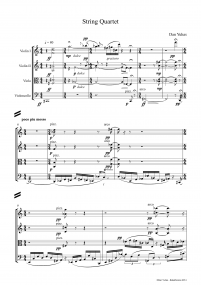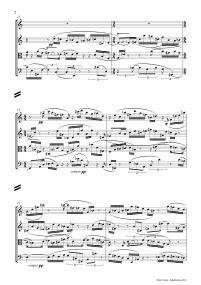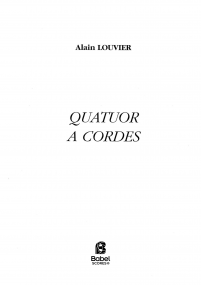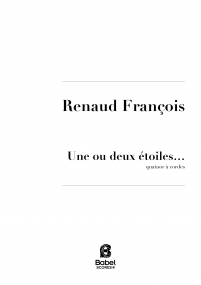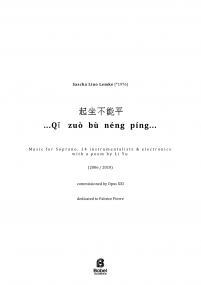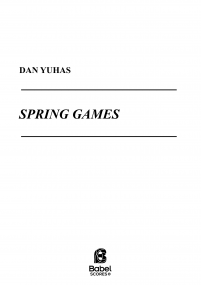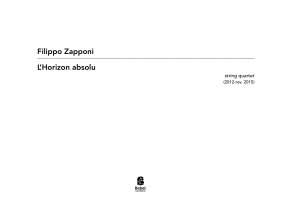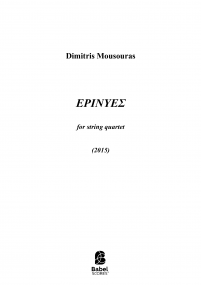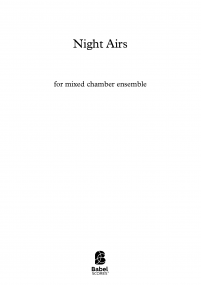String quartet
9,27 €
Version numérique (+0,00 €) à télécharger
Version papier (+16,20 € impression et livraison ). Colissimo7-14 days aprox.
Chez BabelScores, quand vous achetez une partition, vous pouvez ensuite contacter directement le compositeur ici même !
Caractéristiques
Region
Asia
Estimated Duration
11 - 15min
Date
1988
ISMN : 979-0-2325-1166-5
In Stock
Notes sur cette pièce Writing the quartet had a very special meaning for me; It is a kind of dialogue with a long musical tradition, - a tradition that considered the string quartet the most intimate and distilled expression of the composer. There are three movements; The first has a dramatic character with many tempo changes. The second movement is in a lyric mood with some moments of tension and the third is faster, energetic and has a more playful character. The two last movements are in contrast to the first, which is the most complex of the three. The first movement is a chain of variations (rather free) on a short theme. After introducing the theme, the instruments enter one after the other, fast and very quietly, creating a background to short and accented notes in all the instruments, drawn from the theme. The climax of this development is in a complex chord, which on disappearing, leaves a single note in the cello, leading into a new variation. The harmonic nature of the theme is manifested in all four instruments, which present the chords, coming closer and closer to each other, until unifying in a single note. The movement ends in a fast coda with the two violins playing trills in their highest range. As opposed to the first movement, in both the second and third movements there are allusions to some tonal centers. The third movement begins with the cello repeating one single note. This motive is the principal idea of this movement; we can repeat a note without changing its pitch, but changing its rhythm, or we can change the pitch of the note, leaving the rhythm unchanged. All four instruments play in a different mood; the cello repeats the same note, the viola plays in triplets, the second violin is in a quiet and peaceful mood and the first violin has a playful character. Later they change roles and the motives develop and reappear. The movement ends as it began; each instrument plays its motive, but in a different order.
Ajouter à une playlist
- Identifiez-vous pour créer une liste
Instrumentation
Violin (2)|Viola|Cello|
Score Details
Format - A4 / US Letter
Pages - 68
Pages - 68


